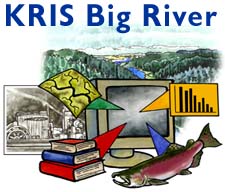Bibliography Background About KRIS
KRIS Big River Sponsors and Cooperators
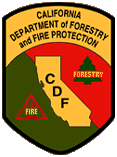 California Department of Forestry and Fire Protection
California Department of Forestry and Fire Protection
The California Department of Forestry (CDF), the primary sponsor of the KRIS Mendocino project, contributed the major portion of the funding. The Fire and Resource Assessment Program (FRAP) within the CDF provided oversight and a great deal of useful information that is included in the KRIS Big River database (DB) and Map projects. Timber harvest information and updated roads data were contributed by CDF Santa Rosa.

National Fish and Wildlife Foundation Pacific Grassroots Salmon Initiative
The National Fish and Wildlife Foundation (NFWF) is a nonprofit 501(c)(3) organization established by Congress in 1984 and dedicated to creating public/private partnerships to conserve our Nation's fish, wildlife, and plant resources. NFWF supplied the original funding for the KRIS Mendocino project in the form of a Pacific Grassroots Salmon Initiative grant.
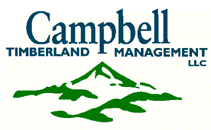 Hawthorne Timber Company
Hawthorne Timber Company
Campbell Timberland Management manages Hawthorne Timber Company of Fort Bragg, which in 1999 purchased forestland previously owned by Georgia Pacific. Data on the Big River basin collected since 1993 was generously shared by Campbell staff. At the request of the corporation, all such data in KRIS Big River refers to Hawthorne Timber Company as the source. Campbell Timberland Management is also known as The Campbell Group (TCG) and manages over 800,000 acres of forests in Oregon, Washington and California for clients who represent institutional investors.
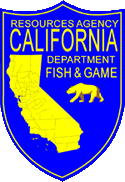 California Department of Fish and Game
California Department of Fish and Game
The California Department of Fish and Game (CDFG) provided data for the KRIS Big River project. Region 3 CDFG was particularly instrumental in the KRIS Big River project success because it supplied valuable historical documents, which included fisheries data.
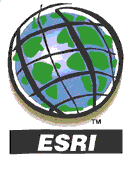 Conservation Technology Support Program and ESRI
Conservation Technology Support Program and ESRI
The Conservation Technology Support Program, with the support of the Earth Science Research Institute (ESRI), awarded a grant for hardware and software to the Institute for Fisheries Resources (IFR), which made it possible to assemble the KRIS Big River Map project. The Conservation Technology Support Program (CTSP) annually awards grants for equipment, software and training to tax-exempt conservation organizations to build their Geographic Information Systems (GIS) capacity.
 USFS Remote Sensing Lab, Sacramento, CA
USFS Remote Sensing Lab, Sacramento, CA
The USFS Remote Sensing Lab provided forest stand and vegetation coverages for the KRIS Map and database projects. The USFS works cooperatively with CDF FRAP on many projects.
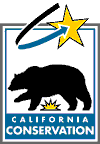
California Department of Conservation, Division of of Mines and Geology
The California Division of Mines and Geology (CDMG), a part of the Department of Conservation, provided preliminary geological information for the KRIS Big River Map project. CDMG will be taking a more detailed look at the Big River Basin later this year or early in 2002 as part of the North Coast Watershed Assessment Program.
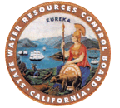 North Coast Regional Water Quality Control Board
North Coast Regional Water Quality Control Board
The North Coast Regional Water Quality Control Board (NCRWQCB) provided data for KRIS Big River.
 American Fisheries Society
American Fisheries Society
The American Fisheries Society (AFS) allowed inclusion of some of its journal articles in the KRIS Bibliography. AFS has posted recent journals on the internet, and the entire contents of these journals are available with a subscription. Article abstracts may be viewed at no cost. All AFS journal articles in KRIS are still fully covered by copyright and may not be re-used without written permission from AFS.
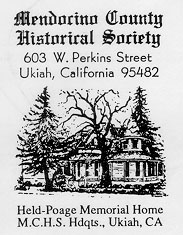 Held-Poage Historical Museum and Library
Held-Poage Historical Museum and Library
Many of the wonderful historical photos in the KRIS projects were provided by the Held-Poage Historical Museum and Library in Ukiah, California. The museum and library is a subsidiary of the Mendocino Historical Society. Photos may be viewed in KRIS but any other use must be approved by the Mendocino Historical Society.
Graham Matthews and Associates, Hydrology Consultants
KRIS Big River draws heavily on the Sediment Source Analysis and Preliminary Sediment Budget for the Big River (Matthews, 2001) for data and analysis regarding sediment sources, sediment yield by period and sediment transport. This report was produced to supply supporting information to the Big River TMDL report (U.S. EPA, 2001). The document and associated data were generously provided by Graham Matthews in electronic form.
